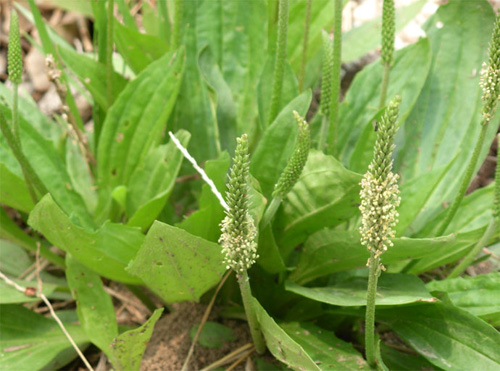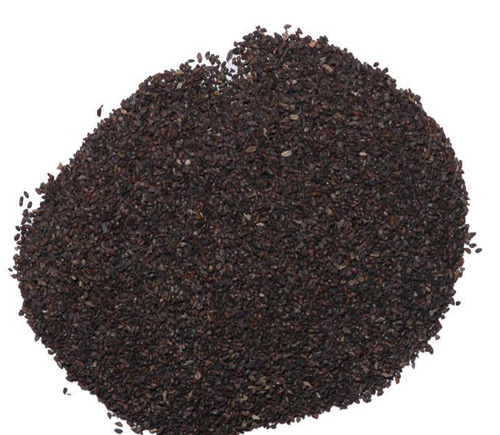The source is from the mature seed of the perennial herb, Plantago asiatica L. or P. depressa Willa., family Plantaginaceae. The medicinal material is produced in all parts of China, collected in summer and autumn when the seed is ripe. The crude one or the one parched with salty water is used.
Medicinal Properties: Sweet in flavor, cold in nature and attributive to the kidney, liver and lung meridians.
Actions: Induce diuresis to treat stranguria, resolve dampness to stop diarrhea, clear away liver-fire to improve eyesight and clear away lung-heat to resolve phlegm.

Application
1. For edema and stranguria, especially suitable for stranguria of damp and heat types manifested as oliguria with reddish urine, difficulty and pain in micturition, it is usually combined with Mutong (Caulis Akebiae), Huashi (Talcum) and Bianxu (Herba Polygoni Avicularis), such as Bazheng San (Powder).
2. It is used for diarrhea due to summer-heat-dampness. It can promote diuresis to make defecation forming, so it can be used for watery diarrhea due to domination of dampness. It can be used alone or together with Baizhu (Rhizoma Atractylodis Macrocephalae), Fuling (Poria), and Zexie (Rhizoma Alismatis), etc..
3. For conjunctivitis due to flaring up of liver-fire, it is usually combined with Juhua (Flos Chrysanthemi) and Juemingzi (Semen Cassiae); for insufficiency of liver-yin and kidney-yin manifested as dim eyesight and nebula, used together with Shudihuang (Radix Rehmanniae Praeparata) and Gouqizi (Fructus Lycii).
4. For cough of lung-heat type, usually combined with Gualou (Fructus Trichosanthis), Beimu (Butbus Fritillariae), and Pipaye (Folium Eriobotryae), etc..
Usage and Dosage:
10 - 15 is used in decoction for oral use. It is wrapped with gauze and then put in decoction to be decocted.








